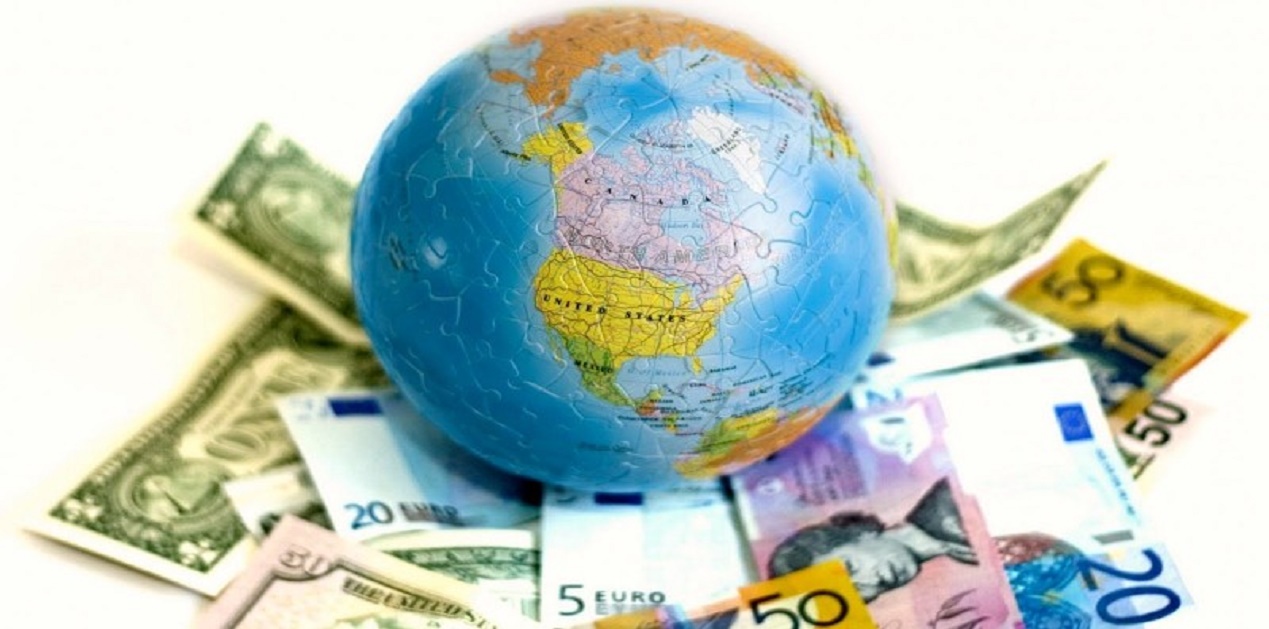Since time immemorial, states have used economic tools to practise power politics. Thus, questions arise on the recent discourse of the emergence of a new geoeconomic era in international relations. The rise of China which markedly defines today’s international order is often attributed to its skills as the world’s leading practitioner of geoeconomics. But what is geoeconomics? While multiple definitions exist, at its core geoeconomics simply means the use of economic means to achieve geostrategic objectives. There is need however, to differentiate it from economic diplomacy which is governmental actions intended to influence the international economic environment (as opposed to the geopolitical environment).
A common caricature in the literature on globalization has been that greater economic exchanges have fragmented and decentralized power relations. Concurrently, the dominance of liberalism in post-Cold War discourse has also promoted the view of economic exchanges being win-win situations that deterred conflict, in contrast to the zero-sum nature of military power. At the beginning of the new millennium as the US got entangled in its Global War on Terrorism, great power rivalry was presumed to be a thing of the past. Thus, for almost a preceding quarter century, the major powers made economic, financial, and technological integration an end in itself.
Yet, the decentralized pattern of economic interactions that involved multiple national, private, and transnational entities led to centralized global networks such as SWIFT, the Internet and the dollar clearing system. This allowed states with central institutions and leverage over network hubs to exert excessive power over major chokepoints. Now, as geopolitical uncertainty looms, the major powers are also waking up to the fact that interdependence means they may have leverage over while simultaneously be vulnerable to their geopolitical rivals. Further, economic contentions that were negotiated with for security interests have escalated into conflicts in their own right today as widespread economic inequalities have increased role of states in the economic domain again. Countries also seek out using a rival’s reliance on and participation in the global system e.g., technology exchanges to their own advantage.
As revisionism in international relations is once again on the upswing, revisionist states routinely look to geoeconomic means, often as a first resort. Cyber warfare is prominently attractive among revisionist powers as the asymmetric nature of geoeconomic cyberattacks—a state actor targeting a private firm—confounds the ability of status quoist powers to respond. In addition to massive theft of commercial intellectual property, cyber warfare provides the means to bring down individual companies, undermine entire national economic sectors, and compromise basic infrastructure from electrical grids to banking system. Other examples include Russia periodically shutting off energy to Ukraine in the winter to try to bring Kiev back within Moscow’s orbit. Under the Belt and Road Initiative, China provides more loans to developing nations than the World Bank and International Monetary Fund combined. Chinese geoeconomic approach often works in a subtle way, through building and supporting interest groups in target countries who personally benefit from Chinese investments.
However, now China’s dominance in the global trading system including its massive trade surpluses have prompted red flags worldwide that China is using market openness to pre-emptively penetrate companies, critical infrastructure, and steal technologies that Beijing could strategically exploit at a time of crisis. Geoeconomic power, like geopolitical power, is a function of certain structural factors and policy choices. Much as states differ in their capacity to project geopolitical power, there are certain structural features—or geoeconomic endowments—that shape how successful a country is likely to be in the use of geoeconomic tools1. Geoeconomic tools have traditionally been utilized through positive inducement but they can just as easily assume a more coercive form. Today, seven economic tools are, at least in theory, suited to geopolitical application include trade policy, investment policy, economic and financial sanctions, cyber, aid, financial and monetary policy, and energy and commodities2.
Economic statecraft is a neglected area of study in India largely due to the bias that economic tools are not terribly effective in the realm of geopolitics. This owes from the perception of limited utility of trade (such as exports are meant to pay for the large energy imports). There is also limited expertise and limited institutional capabilities regarding geoeconomic tools. Further, as India is critically dependent on import of many products including key raw materials, there is fear that escalation in the economic domain could spill overinto the political and military domains. India’s foreign policy has also been dogmatic in its pursuit of benevolence rather than realist antagonism despite its tough geopolitical neighbourhood. There is also concern that pursuing coercive geoeconomics would derail the gains made in the way of regional economic integration to get over the political fault lines in the subcontinent. There are apprehensions about using economic sanctions as they are viewed to harm common people and exacerbate their suffering. Thus, India is more comfortable using positive-inducement tools, most recent example being its exports of large volume of vaccines that combine with its values-based diplomacy.
Misgivings related to the inability of free trade agreements to deliver economic advantages or expedite growth also impinge on India’s wariness to use a geoeconomic approach. India’s decision to walk out of the Regional Comprehensive Economic Partnership was due to genuine grievances against increasing India’s economic vulnerability to China. While India remains committed to negotiating other trading agreements, there is need for an all-out government approach to international trade. The line between international political economy and a geoeconomic world remains very thin. A coordinated approach between the Ministry of External Affairs, Ministry of Finance, and Ministry of Commerce is needed. India’s trade negotiations cannot be left just to the Ministry of Commerce. Many ‘think tank’ papers have suggested India should consider setting up an office of the International Trade Negotiator3 (on the lines of the US Trade Representative) to coordinate India’s approach to international trade negotiations. There is also a need to emphasize economic security in the larger gambit of national security institutions.
New Delhi’s unease with pursuit of power even after three-quarters of a century post-independence remains particularly problematic. Power should not be condemned as derogatory or hegemonistic. States, like individuals have it in their nature to seek control in an uncertain world and ensure their survival and opportunities. Studies that involve scenario building for multiple what-ifs and its consequent responses, will allow for India to be more quickly able to spot when other countries try to use geoeconomic tactics stealthily. Every now and then, Indian experts tout India’s vast domestic market that can be leveraged in India’s power diplomacy. Yet, few offer an explanation as to why that hasn’t transpired or elucidate a path to achieving the bargaining leverage. In fact, many miss out that it is India’s centrality as an energy and trade transit point between major buyers and sellers via the Indian Ocean that has been as responsible for the rapid traction of Indo-Pacific as the rise of China.
Beyond monopolies, monopsony powers, and growth rates, studies show four more variables help explain a country’s ability to translate its domestic market into geopolitical leverage: ability to exercise uniquely tight rein over access to domestic markets, capacity to redirect domestic import appetites to make a geopolitical point, actual or perceived consensus that a country’s domestic market is too large to ignore, and a growth trajectory that makes other countries see rising future costs to opposing its foreign policy interests today4. While initially India’s banning of multiple Chinese apps post border tensions with China was ridiculed, it was later emulated by many countries including the US. TikTok which was seen as the first Chinese media giant to gain global popularity, was debarred from the country which had its largest user base. In terms of the perception of India being an undisciplined market for business, the current Modi-led government has enumerated numerous reforms that would add weight to India’s geoeconomic power.
In conclusion, rather than out-of-box thinking to deal with the challenging external environment, there is need to bring in new boxes to define problems and opportunities. Geoeconomics, new or old, still remains relevant for India.
Endnotes
- Robert D Blackwill. War by Other Means. Harvard University Press. Kindle Edition.
- Ibid
- Policy Initiatives forthe New Government, https://www.vifindia.org/sites/default/files/Policy-Initiatives-for-The-New-Government-min_0.pdf
- Robert D Blackwill. War by Other Means. Harvard University Press. Kindle Edition.
(The paper is the author’s individual scholastic articulation. The author certifies that the article/paper is original in content, unpublished and it has not been submitted for publication/web upload elsewhere, and that the facts and figures quoted are duly referenced, as needed, and are believed to be correct). (The paper does not necessarily represent the organisational stance... More >>
Image Source: http://geoeconomics.ge/en/wp-content/uploads/2009/11/1-800x445.jpg










Post new comment